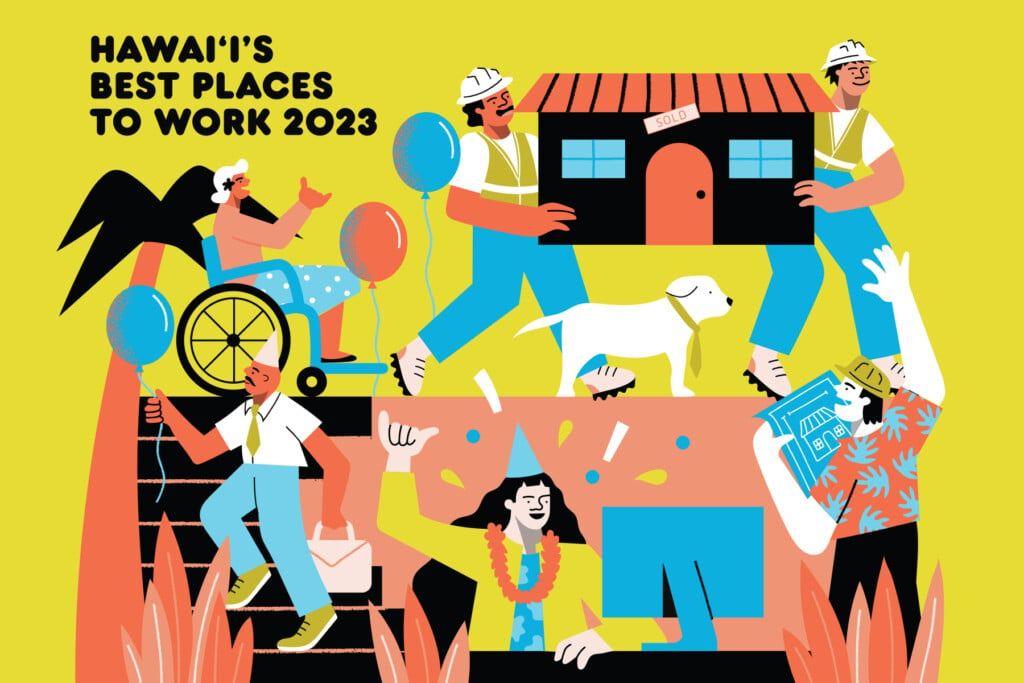Preventing Burnout

We are continuing to publish stories researched and written before the COVID-19 crisis, such as this one.
Burnout is super common among today’s workers. Here’s how we can protect ourselves.
Q: Going to work used to be great, but now I have to drag myself in every morning. I’m so tired at my office all the time but it’s hard to care, because I don’t think my career is going anywhere. I’m like a hamster on a wheel, only going really slowly. Am I burned out?
A: Feelings of hopelessness or cynicism; reduced work performance and drive; a lack of energy, focus and creativity all could be related to workplace burnout. The Mayo Clinic notes that while burnout is not a medical diagnosis, it still can have serious health ramifications, resulting in mental health problems, insomnia, substance abuse and heart disease.
In addition to the toll on human health, burnout costs American businesses billions of dollars. According to HR Magazine, the turnover rate of employees experiencing burnout is 2.6 times the normal rate, and that high turnover rate on average costs a company 12% to 16% of its entire payroll. Read about the research at tinyurl.com/burnoutcost.
I asked psychologist Dalybeth Reasoner how we can limit the impact of burnout. She is the founder/owner of Honolulu-based psychotherapy business Positive Health Hawaii and an adjunct professor of psychology at UH.
“We think we can just keep going and going,” she says, “but we’re more like cars. You have to take care of the car, and with burnout, it’s like the battery runs out.” Avoiding burnout is all about “taking care of your mind and your body so you can do what you need to do.” Here are her suggestions:
- “The No. 1 thing you can do to combat burnout is to sleep more,” says Reasoner. “It affects your concentration, your weight, mood, so many aspects of life. Sleeping more is like getting a raise in happiness.” Literally. Research by Nobel Prize-winning psychologist and economist Daniel Kahneman suggests that if you are chronically sleep deprived and start getting one hour of extra sleep, it’s the same boost to happiness as a $60,000 raise.
- Keep a clear “why” to your work in mind. Intrinsic goals, like helping others, give more of a sense of purpose than extrinsic motivators like money or status. You might not have your dream job yet, but it can help to see your current job as a step in a larger plan toward that ultimate “why.”
- Set time boundaries based on that “why.” For example, “I really want to watch this Netflix show, but my purpose is to serve and inspire my students tomorrow, so I am going to turn off the TV and get a good night’s rest.”
- Take those vacation days. “Don’t wait until you are already burned out to take time off,” recommends Reasoner. If money is tight, take a staycation – you do, after all, live in a place most people spend thousands of dollars to visit. “And if possible, during your vacation, set your email response so that it connects senders with someone else who can help them, so you don’t come back to a heap of email and get all stressed again.”
- Focus on what you are grateful for. Practicing gratitude “trains your brain to look for what is going well. We’re biologically wired to focus on the negative because that is what would kill us, a storm or whatever is going on,” says Reasoner. “You have to rewire the brain and gratitude is a great way to do that.” Maybe your job provides health care for your family, or you have a great view from your desk. Be grateful.
- Laugh. Reasoner says she worked with a tightly wound CEO who found that simply listening to comedy routines on Pandora on the way into work helped improve the rest of the day.
- Get outside for a 15-minute walk daily.
“Don’t sacrifice things that will keep you happy and healthy,” says Reasoner. “Avoiding burnout is a combination of feeling like you are doing your life’s work plus self-care.”
Q: I landed a wonderful new position in management – it’s my first time as a supervisor and I’m really excited. I want to provide a supportive environment for my team. But what, exactly, does a supportive environment look like?
A: It’s so smart to think about this, because providing a supportive environment is going to save you time and money. Without a supportive environment, you’ll experience higher turnover, workers who aren’t fully engaged, and you may even have grumpy workers servicing clients and prospects. That’s hardly a way to build a business.
Industries differ, but the bedrock of support shouldn’t. “Regardless of industry – whether it’s a bank or an artist or an architecture firm – a supportive environment has to exist,” says Waimea-based executive and personal coach Kim Curtin.
One way you can foster a supportive workplace is to not talk behind people’s backs. “Saying something like, ‘Where the bleep is Joe’s presentation?’ is commentary that erodes trust and respect,” Curtin says. Compare that tone to saying directly to Joe, “It seems like you struggled to get this presentation in. Anything I can do to help?”
If you do feel disapproval about someone’s performance, address it. You’re the leader and “by not speaking hard truths, you’re letting employees sit in a place of ambiguity and insecurity,” says Curtin. “In Hawai‘i that can be cultural. It can be seen as rude to have radical candor.” But not dealing with an issue means the company is not getting its needs met and the employee doesn’t know the truth.
Leave room for communication in the other direction, too. “Are people welcome to come to your door? Are you open to hearing what they say? That way you know how the organization is really running,” says Curtin. About half the time, she observes, people just need a sounding board anyway. “Many interactions aren’t about solutions, they are about empathy.”
Lastly, she suggests paying close attention to people’s different needs. “Let’s say Suzanne over there needs security, and I need freedom,” says Curtin. “The way you interact with Suzanne is going to be very different than the way you’d interact with me. Suzanne might require a higher level of support, while I’d need more autonomy.” Tuning in to these basic differences can help you be a supportive and intuitive manager.





